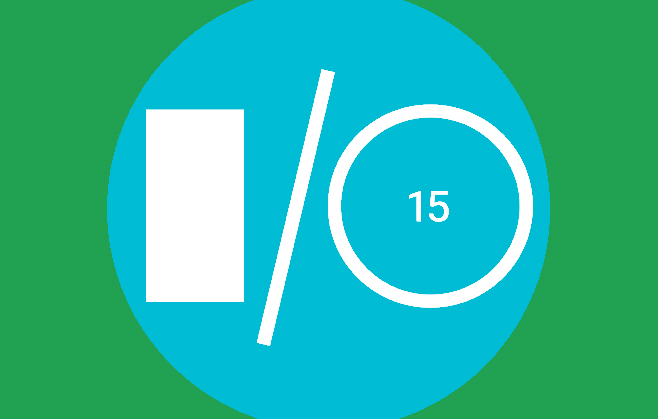
Google IO: A nod to the future
Last week saw Google host its annual conference, Google I/O, in which the company traditionally announces developments for the coming year. Naturally, we at The Practice are always keen to hear what the tech giant has in store, and how its plans will impact the digital space.
Held this year in San Francisco’s Moscone Center, the keynote largely focused on Android and Android M- the latest version, set to offer users new services and greater functionality within apps. With additional features coming to Google Now, and a new payment system, Android Pay also announced, there was much for Android users to be excited about. There was also the announcement of Google Photos, compatible with both Android and iOS, allowing Google users free and unlimited storage, in the way that Apple Photos offers. With Android users finally promised access to a great photo gallery, a payment system to rival Apple Pay, better apps and tools for app developers, this year was a great display of the positive developments to come.
In line with its plans to bring extended connectivity to those in developing nations, we were pleased to see updates to Google Maps, which will soon let users access locational features offline- when there’s a lack of WiFi or data, for instance. Offline features are set to include voice-controlled directions, and access to local business reviews and opening hours details. Maps will also be updated later this year to include transit directions within certain cities. We’re also particularly excited about Google’s other offline initiatives, which will allow users to watch YouTube videos without Internet connectivity for up to 48 hours, and browse Chrome web pages offline too. All in all, Chrome will also load pages faster even when there’s a poor connection, with condensed and optimized pages opened instead.
It certainly seems as though Google’s offline plans are a way to compete with Facebook and their own aims for global connectivity. To add to this, further competition was revealed with Google’s announcement of Brillo, a new smart home platform, making this the company’s first move towards the Internet of Things. Facebook is arguably one of the frontrunners in this area, with platforms such as Parse- (an object connectivity platform), already under its wing. But now, Google’s announcement of Brillo will certainly add extra competition. Brillo, like Apple’s HomeKit, will be Google’s first operating system for devices connected to the Internet of Things, and be compatible with Android. In conjunction, the company announced Weave, its own communications system to allow connections made between Brillo, a home device and the cloud.
So which were our favourite announcements? The first had to be Google’s updates to Cardboard, bringing virtual reality further into the mainstream consciousness. The latest version of the device will now be compatible with iOS as well as Android, and be designed to fit larger mobile devices- up to six inches big. We love Cardboard, for its no frills, accessible approach to augmented reality, allowing everyone to have a taste of incredible visual experiences, especially when more costly devices such as Oculus, are out of reach for most of us. Secondly, the most exciting “futuristic” piece of news came in the form of Project Jacquard, Google’s plan in collaboration with Levi’s Jeans. The premise will be based around designing intelligent and touch sensitive fabric, created by weaving conductive fibres into a pair of jeans, for example. By combining these electrical fibres with the threads of a garment, this will allow the user to benefit from integrated technology within the clothes they wear. Very cool indeed!
Did you catch any of the event’s live stream this year? And which announcements are you most looking forward to seeing in reality? We’d love to hear your thoughts, so please tweet to us @PracticeDigital and share your comments on our Facebook page.




